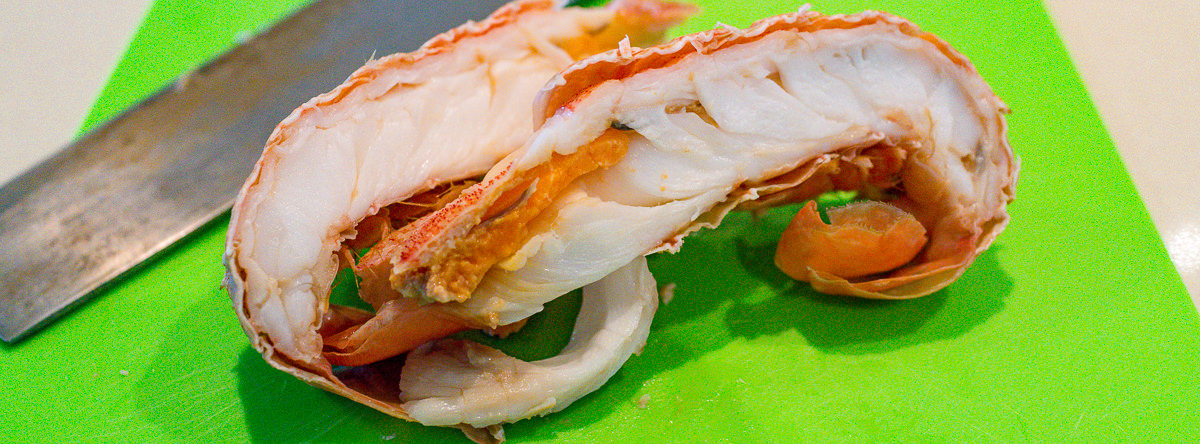If you don’t want to read the introduction, click here for the recipe.
Dear Reader,
I hope you enjoyed your week. Mine has been smooth going apart from a near miss last Sunday. The cold front mentioned in last week’s post resulted in hail, sleet, and snow in the region. I was driving on Sunday and had to go through a slurry of ice. As I slowed down, I watched a car in my rear vision mirror slide off the road. Fortunately, the occupants appeared to be okay.
I’m not used to driving on ice; I’m grateful for modern automotive technology, such as anti-lock brakes.
On Tuesday evening, the Australian treasurer moved the Appropriation Bill (No. 1) 2023–24. I dare not comment on the appropriation bill; apart from knowing in its depths, some exciting work is ahead for my area.

Recipe
Ingredients
- Olive oil
- Bone-in beef short ribs, trimmed of excess fat (0.8 kg at $23.50/kg)
- Salt – Iodised
- Black peppercorns
- Onion, chopped
- Carrot, chopped
- Celery, chopped
- Garlic, minced
- Tomatoes
- Cooking sherry
- Beef stock
- Black beans, rinsed and drained
- Lentils, rinsed and drained

Instructions
Ribs
- Brown the ribs in a hot oven first.
- Heat the olive oil in a large saucepan.
- Add the dripping juices from the oven tray.
- Add the onion, carrots, celery, and garlic to the saucepan and cook until softened.
- Add the sherry and cook until reduced by half.
- Add the beef broth, peppercorns, black beans, and lentils, and bring the contents to a simmer.
- Transfer the contents to a pressure cooker and add the ribs.
- Cook under pressure for one hour.
- Allow the pressure to equilibrate, and then remove the lid.
- Remove the ribs and set aside.
- Transfer the remaining contents of the pressure cooker to a saucepan.
- Bring the saucepan to a simmer to reduce the fluid.
- Pull the beef from the ribs and add it to the saucepan.

Pumpkin
- Cut a pumpkin into chunks.
- Season with salt and rub the pumpkin with olive oil.
- Cook the pumpkin in an oven at 180 °C (fan forced) for 45 minutes.
- Mash the pumpkin (keeping the skin on) with a fork and flavour with sesame oil as the pumpkin is mashed.
Plating up
- Place a smear of pumpkin mash on a warmed dinner plate.
- Spoon some of the rib stew onto the mash.
- Serve with some crispy Brussels sprouts.
- Give thanks to the Lord.
- Eat with a fork.
Thoughts on the meal
You may have noticed I’ve got into a groove with lentils and beans. I figure I can extend the value of the meat with the legumes.
This stew will keep me going all week like the oyster blade and lentil stew did last week.
Final thoughts
Do you have much experience with driving on ice?
Do you get excited by the passage of appropriation bills so you can undertake new work?
I hope you fill the coming week with happiness and joy.
Photographs
Here is a gallery of photographs. Click on one image and then scroll or swipe through them.









































